Unit 1: prehistory
1/22
Earn XP
Description and Tags
RAHHHHH WE DONT KNOW ANYTHING ABT THEM!! (listen to 10 drunk cigarettes)
Name | Mastery | Learn | Test | Matching | Spaced |
|---|
No study sessions yet.
23 Terms
Apollo 11 stones
small stone split in half found on the coast of africa- feline head and animal body
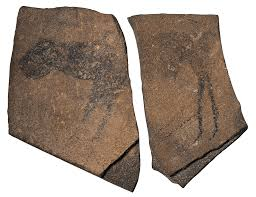
Apollo 11 stones (form descriptors)
two dimensional
strict profile
colored in charcoal
2 pieces in the lascaux cave
hall of bulls/ bird headed man and wounded bison
hall of bulls form descriptors
large scale paintings
narrative art
natural material (ochre)
groundlines
lascaux, france
bird headed man and wounded bison
equal size = respect
rare stick figure who’s lying on the ground (likely dead)
bird symbolism= possible spirit animal(?)
camelid sacrum in the shape of a canine
previously painted bone carved to resemble a canine which represented a reverence for the animal world

camelid sacrum in the shape of a canine form descriptors
subtractive sculpture
carvings and incisions
running horned woman
deity bringing showers of grain with sacrification marks which suggest tribal traditions
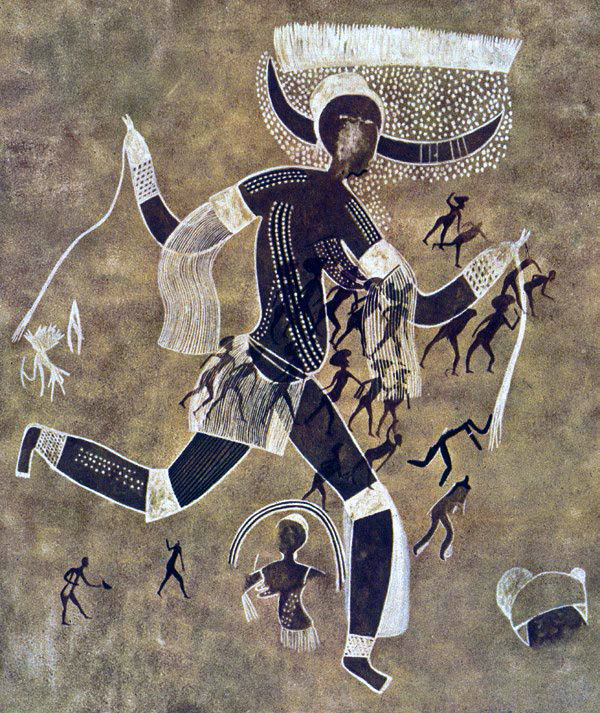
running horned woman form descriptors
twisted perspective
illusion of movement
hierarchy scale
Beaker with Ibex motifs
A funerary beaker divided into registers depicting long necked birds on the upper frieze, narrow dogs below the frieze, and an ibex framed by a symbol that may have represented agricultural fields. The ibex may have been a clan symbol.

Beaker with Ibex motifs form descriptors
simple geometric forms
stylized representations of natural subjects
abstraction
exaggerated bird necks and narrowed hound bodies
repition convering movement
thin, fragile walling
Anthropomorphic Stele
A stone column depicting a human figure with a simplistic face and dagger hanging from their belt. It waws a funer
Anthropomorphic Stele form descriptors
abstract facial features
oval shaped eyes
triangular nose
carved from sandstone using bas relief
Jade Cong
artifact with tubular interior and square exterior. The disks symbolize the heavens, while the cong represents the earth. These elements combined represent the connection between worlds. The figures donning masks carved into the edges may represent spirits or dieties. This was likely made for an elite to have safe transition into the afterlife.
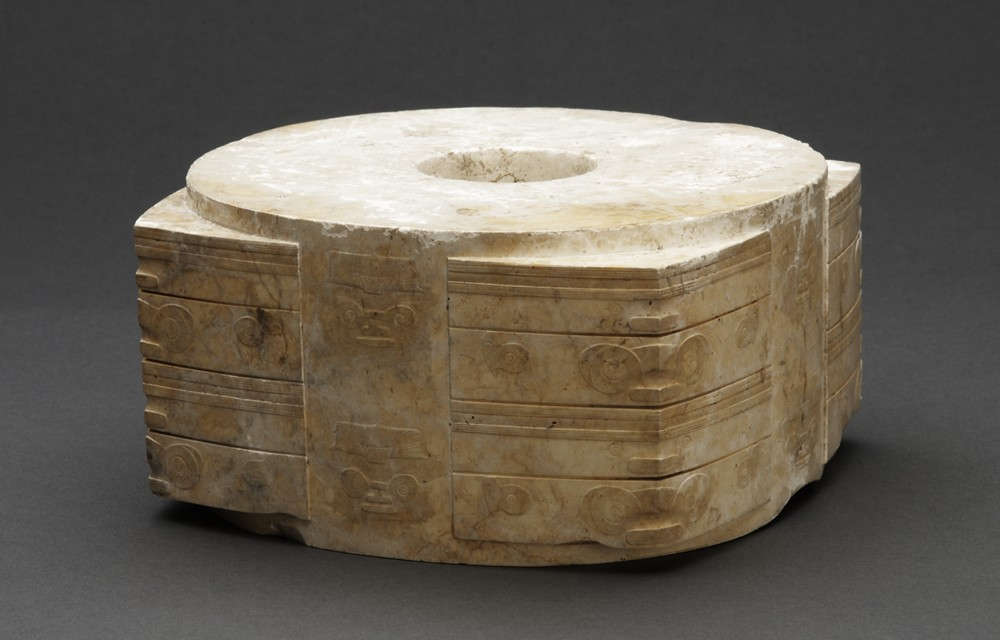
Jade cong form descriptors
cut and incised through abrasion
abstract masks carved through small lines
made of jade, which is hard to work with
Stonehenge
3 rings of trilithons which are all equidistant. The sun shines directly in between a pair of stones during the summer solstice, showing the creators had organizational skills. The creators also had to know some physics in order to lift and transport said stones. It was likely intended as a burial site for the elite.
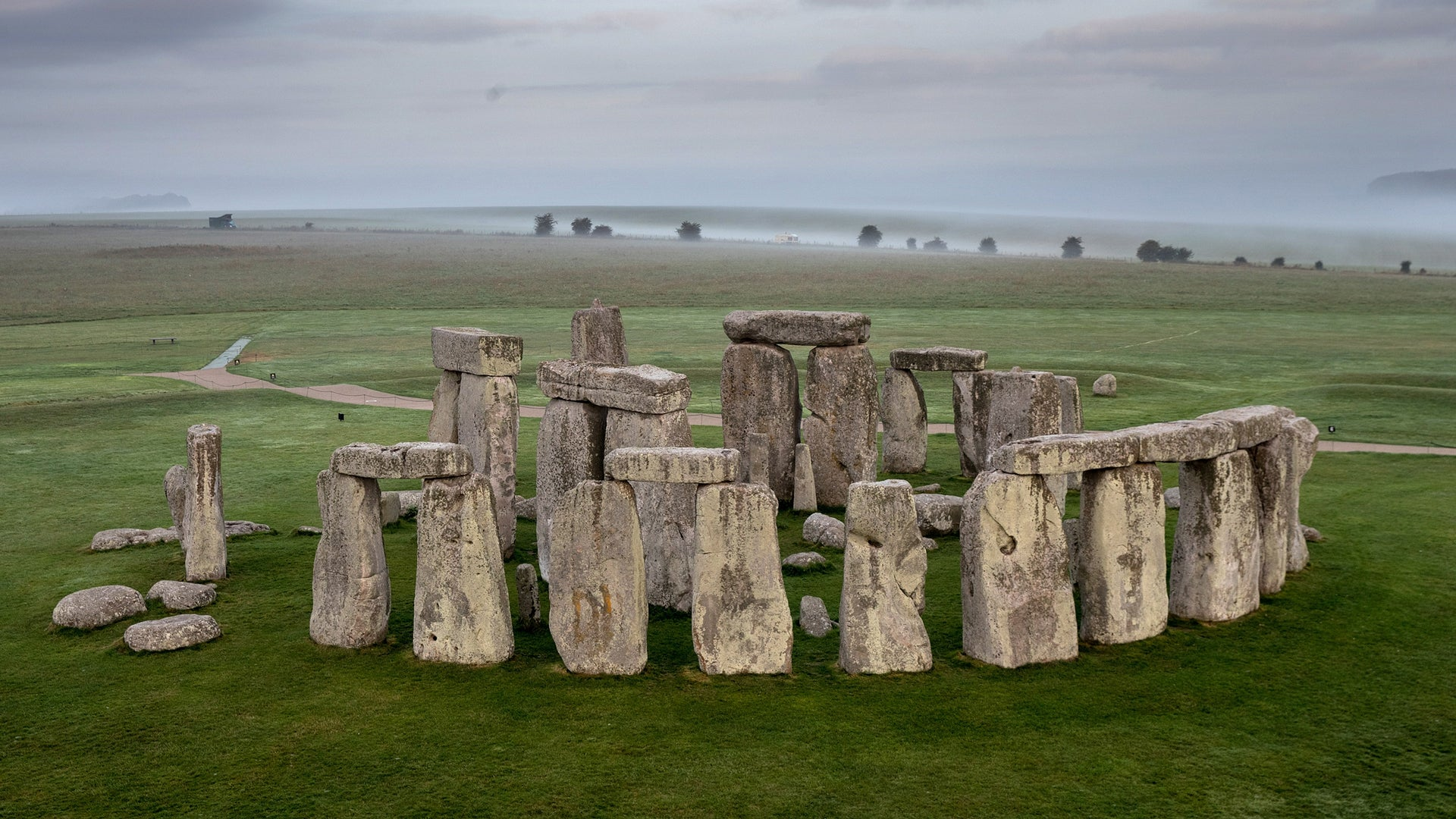
Stonehenge form descriptors
trilithons constructed bu post-lintel technique
arranged in concentric
megaliths were bluestones (sandstone + limestone)
The Ambum Stone
A statue of an echidna curled into fetal position. It was found alongside animal-shaped pestles, and was likely another pestle or a ritual object.
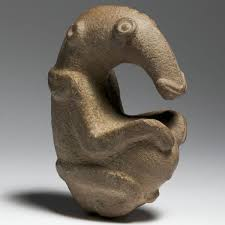
Ambum Stone form descriptors
carved from greywacke using high relief
smooth, shiny exterior
8 inches talll
Tlatilco Female Figurine
A nude female figure created to promote survival in societies with high infant mortality. Bicephalic figure promotes ideas of duality with a body (big hips annd cinched waist), and elaborate ideas.
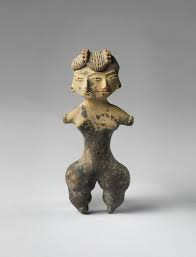
Tlatilco Female Figurine form descriptors
handcrafted, clay shaped by hand
exaggerated proportions
no detail on hands or feet
details on face added through incising
paint chips all over her
Terra Cotta Fragment
Pottery fragments found with anthropomorphic and zoomorphic figures bearing tattoos designs and cloth from Polynesia. The fragments weren’t durable- weren’t used to cook.
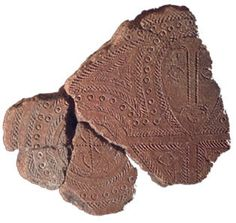
Terra Cotta fragment form descriptors
reddish terracotta clay
simple and complex patterns incised/stamped into wet clay before fired
sharp and natural tools used for fine designs.